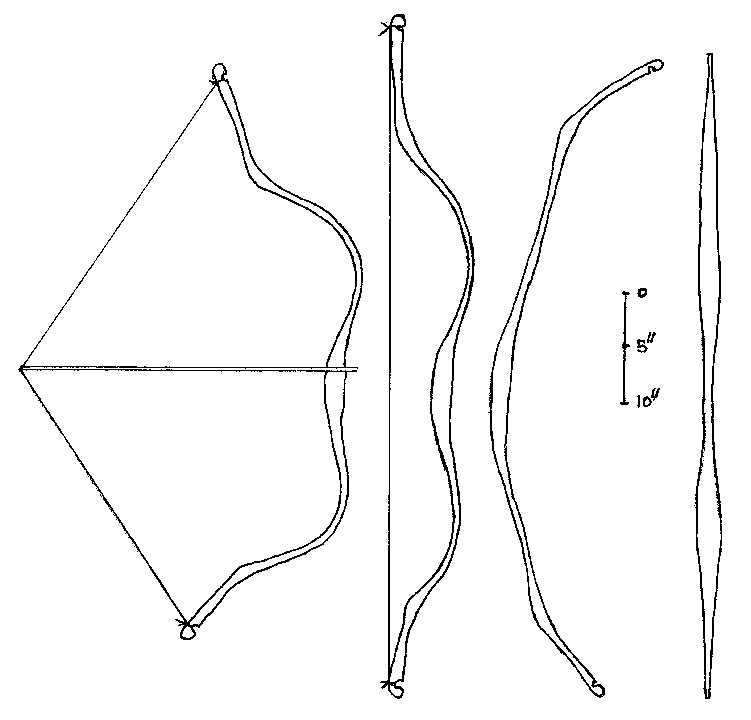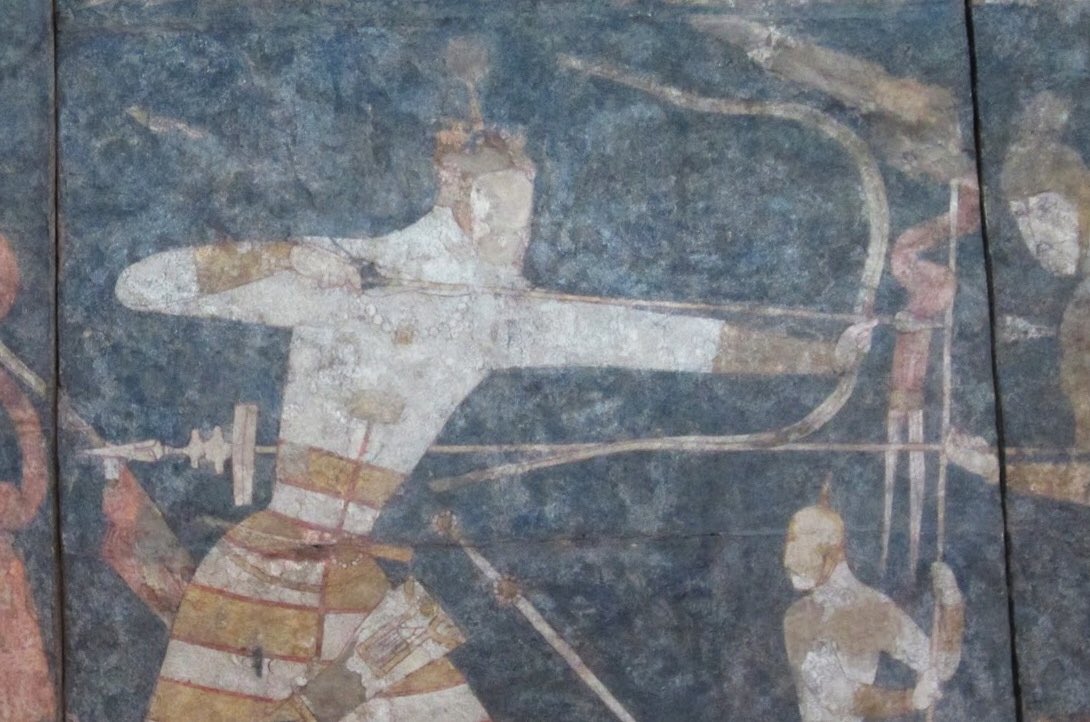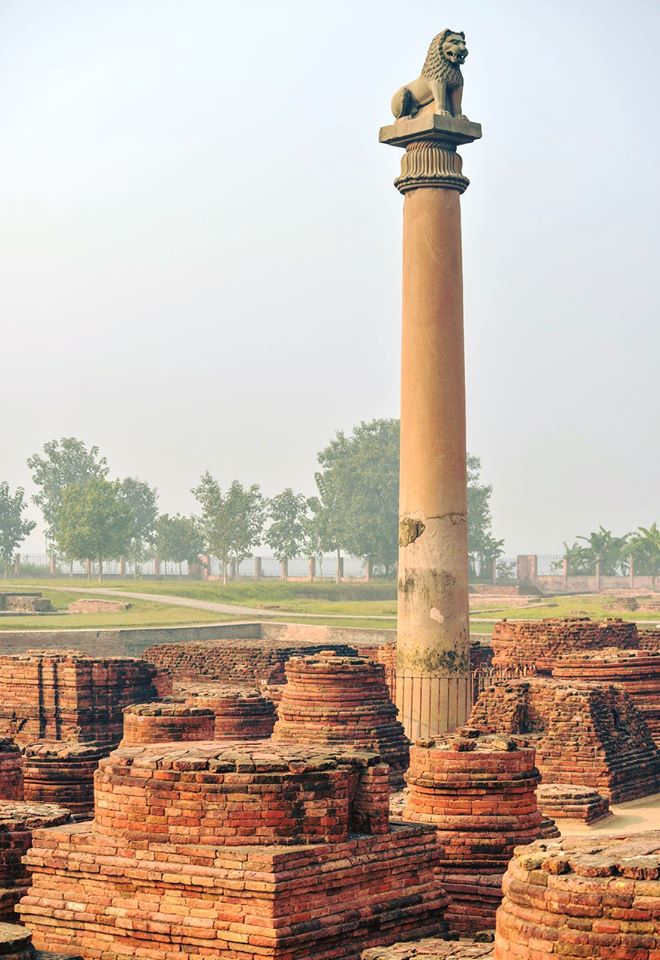I’ll explain the steps: a thread
Afterwards, horn is prepared. Horn becomes v plastic when boiled and soaked, and you can turn a coiled water buffalo or ram horn into a flat sheet with boiling water and clamps.
The whole bow is pulled into a circle and allowed to dry.
Flight bows (for distance) typically have narrow limbs and fine, thin tips, and are radically circular unstrung.
Warbows have broader limbs, thicker tips, and are have a more modest profile unstrung.
patreon.com/posts/sogdian-…














